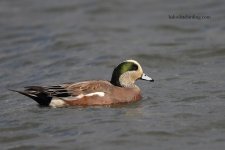Well I have a well wrapped package in my mitts (can't open it till she who must be has gone out just to avoid the question of cost!) and these images are tempting me enormously, just need health sorted and out we go with the new toy! From what I am seeing posted the higher iso performance is looking good. Will help with our winter light.
Phil
Phil




